Whole House Surge Protector
hikker
15 years ago
Related Stories
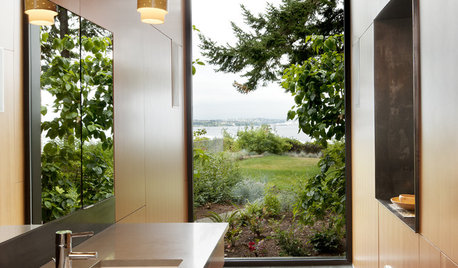
REMODELING GUIDES10 Tips to Maximize Your Whole-House Remodel
Cover all the bases now to ensure many years of satisfaction with your full renovation, second-story addition or bump-out
Full Story
ARCHITECTURE11 Smart Upgrades for a New House
Some upgrades are difficult or impossible to do later. Tackle these projects now to save yourself the headache
Full Story
LIFEOh Yeah, There’s a Snake in the House
A Houzz contributor lives through her worst nightmare and comes out the other side with lessons learned and new footwear
Full Story
VACATION HOMESHouzz Tour: From Ramshackle Beach Shack to Storm-Resilient House
Architects honor Old Florida style while designing a raised bungalow that can stand up to extreme weather
Full Story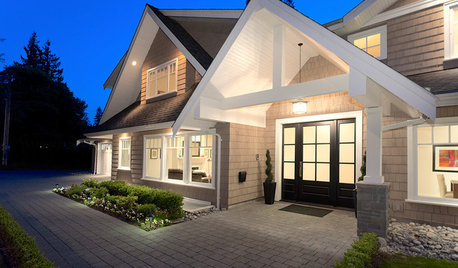
UNIVERSAL DESIGNWhat to Look for in a House if You Plan to Age in Place
Look for details like these when designing or shopping for your forever home
Full Story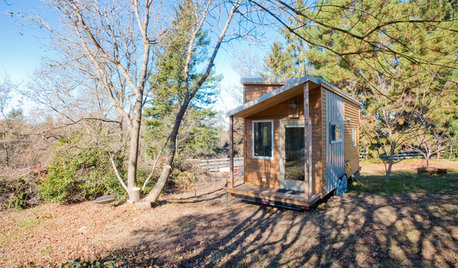
SMALL HOMESHouzz Tour: Rolling With Simplicity in a Tiny House on Wheels
Just 240 square feet, this California home encourages efficient living — but there’s still room for yoga
Full Story
MODERN HOMESHouzz Tour: New Midcentury-Inspired House Opens Up to Ocean Views
The beachfront home in Massachusetts features a vintage Danish furniture collection
Full Story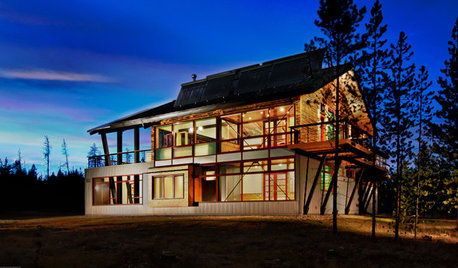
GREEN BUILDINGZero Net Energy: A Hardworking-House Term to Know
Homes that consume only as much energy as they produce by renewable means are a goal for builders. Learn what ZNE means for you
Full Story
THE POLITE HOUSEThe Polite House: How to Set Limits With Overnight Houseguests
Part 1: Establish boundaries with visitors who want to stay too long and who expect too much
Full Story
WALL TREATMENTSSee What Happens When 1 House Takes On 8 Wallpapers
A designer dives into unfamiliar territory for a color- and pattern-loving Chicago homeowner
Full StoryMore Discussions






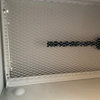
frog_hopper
zl700
Related Professionals
Albany Solar Energy Systems · Belleville Solar Energy Systems · Herriman Solar Energy Systems · Imperial Beach Solar Energy Systems · New Canaan Solar Energy Systems · Riverside Solar Energy Systems · Whitney Solar Energy Systems · Asheville Home Automation & Home Media · Brockton Home Automation & Home Media · Gages Lake Home Automation & Home Media · Lewisville Home Automation & Home Media · Phoenix Home Automation & Home Media · Valle Vista Home Automation & Home Media · West Hollywood Home Automation & Home Media · Aurora Fireplacesfrog_hopper
zeke1312
countryboymo
veesubotee
zl700
hikkerOriginal Author
frog_hopper
fandlil
frog_hopper
zeke1312
countryboymo
callie_2008
frog_hopper
countryboymo
westom
endobiont_gmail_com